“So you doin’ the Oosik?” That’s the common phrase for the recreational ski racer as mid March draws near in South Central Alaska. Starting with the Wooden Ski Classic in December and running through the highly competitive Anchorage Cup series, the season always ends with the Oosik Classic in Talkeetna.
In Anchorage the weather is a balmy 30F on Friday, and if you stand on the corner of Northern Lights and the New Seward Highway you’ll likely see a car every 10 to 15 seconds with a ski box loaded with weekend gear headed to the Oosik classic in Talkeetna.
Like it’s grass-roots and equinoctial counterpart, the Oosik is meant to be a real ski race, getting back to an old school mentality of ramming a trail through the woods and sending a hoard of manic skiers to their collective athletic doom. On the way the lead pack wonders where they are headed and just how long the race actually is, only to find out that the 50 shrank to 43 and the 25 found a way to grow to 30. For the unlucky soul suffering a sugar bonk or hitting the wall from endless double poling up and down the river and through glades of Birch and Spruce, re-considering their role in such a race is all too easy.
Formerly held at the mountain getaway in Majestic Valley on the Glenn, the race lacks no significant history of epic courses. Showing a striking similarity to the slack, no B.S. demeanor of the local Tuesday Night Running series, the race originally featured a course of seemingly random length that climbed 5 healthy K’s on an flat truck road, to drop a steady 2K before climbing over a monumental wall of a mountain pass. After cresting the pass, skiers would almost literally fly down a single, sugar-laden, fast, and windy snow mobile track for several K before earning the rest of a 7K double-pole kick around the lake loop before returning up the pass towards the finish. The loop was skied twice, in order to allow for less lucky skiers to drop out at half-way.
For most, a “Half Standard” at the Roadhouse Grill is a pre-race staple. “You’re gonna need the extra fat if you’re going to be able to handle the feed stations,” quips a skier at the popular downtown breakfast stop. This ski race is a major community event – at the awards banquet (held in a stylish bush plane hanger), the M.C. stumbles thanking all the people for their help putting on the race, and a local shouts from the balcony to “just pick up a Talkeetna phone book.” The locals are no less excited for this particular weekend than Anchorage is for the start of the Iditarod.
This year the race course ran up the Talkeenta river, a spot usually known excellent spring crust skiing the Sunday after a weekend adventure. Incredible views of Denali and the intriguing thought that there is not a glimmer of civilization between you and the Arctic Sea, lace the feel of the surrounding environment with a special sense of excitement. It was mostly a flat course with a two “hilly” sections of note around 10K and 20/30K. And by hilly I mean a chance to stride up a 10 foot hill or so. If you’ve been breaking in your roller board this year, then this race is for you.
Adam Verrier and Deb Essex are credited with creating the Oosik Classic. Adam was nice enough to take a moment to describe where the idea came from.
Verrier on the Oosik:
In the late ’90’s, I had been noticing a trend in local ski races that I didn’t like. Races were all being held on perfectly groomed trails, and were sometimes being cancelled if snow conditions were less than optimal. Courses seemed to be getting less exciting and more generic with each passing year. Post-race activities usually consisted of a big raffle for door prizes, and a brief announcement of the day’s winners almost as an afterthought. And lastly, it seemed that every race was a fundraiser for some cause – to cure a disease or raise money for an underpriveledged group, etc, and entry fees were getting higher and higher. If you want to race a marathon race, it seems you’ve got to pony up $100 just to get on the starting line. I wondered what happened to ski racing just for the fun and excitement of it. Around the year 2000, I was complaining about these issues to my friend Deb, and her reaction was to tell me it was time to shut up and do something about it – that I should start my own race.
I thought about races I’d really liked, growing up in northern New England. And races I’d liked when I lived in Scandinavia. I tried to figure out what it was about some of these events that had made them so special. Some of my favorite races started in the barnyard of a farm in northeast Vermont, or skied on logging roads in Norway, or across muskeg in the mountains near Skagway, Alaska.
I came up with a few guiding principles for the Oosik Classic: 1) Whenever possible, the race course should take skiers some place interesting and fun and different, and should provide at least some technical challenges along the way. 2) The race should not be a fundraiser for anything; entry fees should be calculated to cover racing and post-race party expenses only. 3) There should always be a big post-race party. 4) There should be cash prizes for the winners; all the big sporting events have cash prizes. I figured cash prizes would give the event more cachet.
After some research, we (Deb and I) decided to have the first Oosik Classic Ski Race at Sheep Mountain Lodge. It quickly became clear that the race was a little too big for the venue, so the next year we moved across the road to Majestic Valley Lodge where the event stayed for the next few years. We had some really interesting and fun adventures in those early years, but the future ownership of Majestic Valley Lodge was up in the air for a while, and we seemed to have outgrown that venue, too. The following summer (probably 2004), the future of the race was uncertain when Arthur Mannix told me that the Denali Nordic Ski Club was interested in putting on a ski race. My reaction was that the DNSC should take over the Oosik, since the Oosik was looking for a new home. The Oosik has been in Talkeetna ever since, and I really think the race has found its home. There’s plenty of lodging available, there’s room for a big Oosik Party, and the people of Talkeetna have really embraced the event.
The greatest part of the Oosik is that the course changes every year and when obstacles of any kind appear racers are expected to take up the slack and tough it out. There is no extra expense paid to pamper the race, including it’s organizers and it’s participants. It simply sends you out and gives you an opportunity to hope that you cross the finish line first. Petter Northug would absolutely remain a “True Champion” here for his snippy race tactics, but there would be no one to watch him his showboat victories. Also, despite his cultural background, he might still find it difficult to win the party.
“The Oosik is a real wilderness race. We kind of get out there in the single track and we never quite know exactly what the conditions are going to be like,” said Trond Jensen of Anchorage, who double-poled his way to a fourth-place finish while dealing with sugary snow that caused him to crash several times. “This is the kind of skiing we had when I grew up in Norway. If you caught up to a person, you had to ask for track and wait for that person to get out of the way. And that’s the way it is (at the Oosik). It’s kind of a throwback to the old times.” (courtesy ADN)
The term “Oosik” refers to the penile bone of a walrus, and is otherwise known as a baculum. One day Zach Steer, Deb Essex and Adam Verrier were talking about the race and the topic of naming the race came up.
“Zack [Steer] said, ‘I got a buddy in Kotzebue who’s sending me an oosik. We could take the oosik, stick it on a plaque and call it the Oosik Classic Ski Race,’ ” said Verrier, who displays the plaque at Skinny Raven Sports in Anchorage. (courtesy ADN)
Where ever you are in the US and Canada, racers here hope that there is an Oosik near by for you to appreciate as well. If you don’t have one, find one, slap it on a trophy, and call it a race.

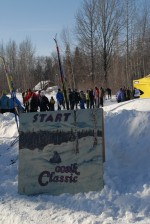
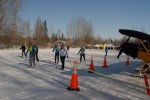
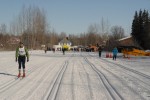
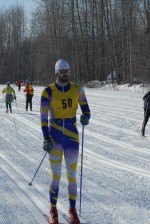
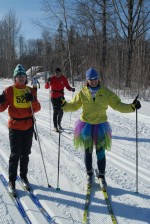
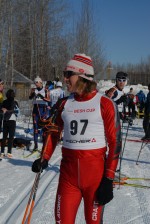
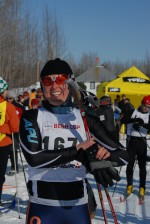
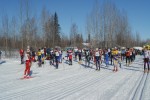
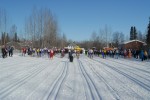
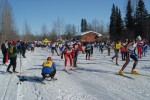
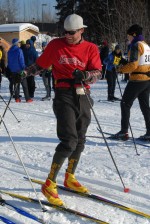
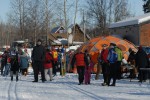
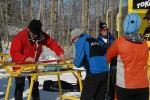

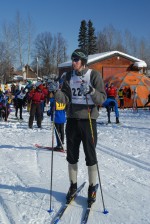
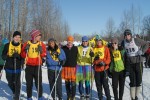
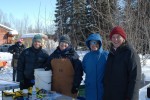
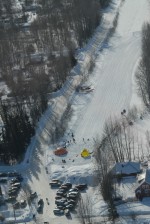
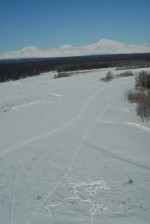
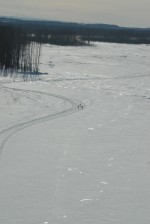
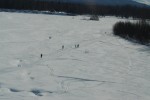
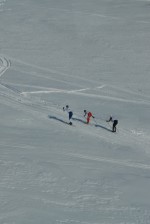
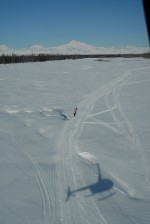
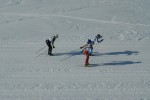
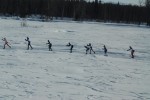
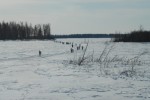
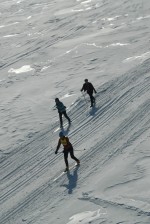
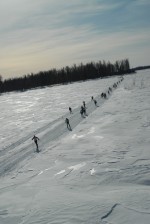
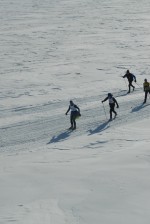
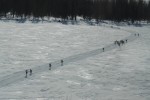
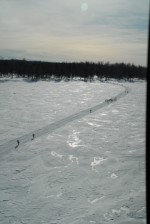
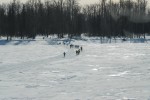
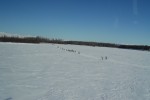
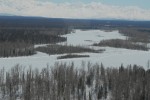
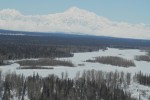
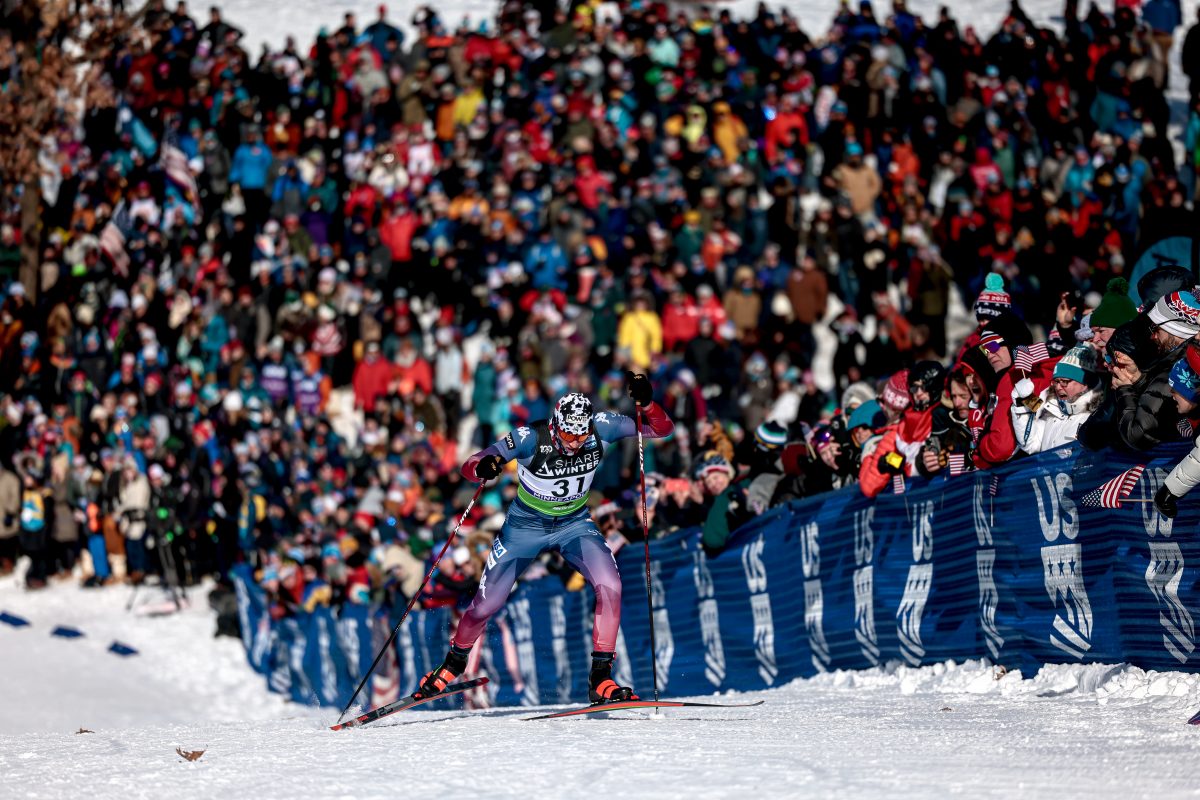

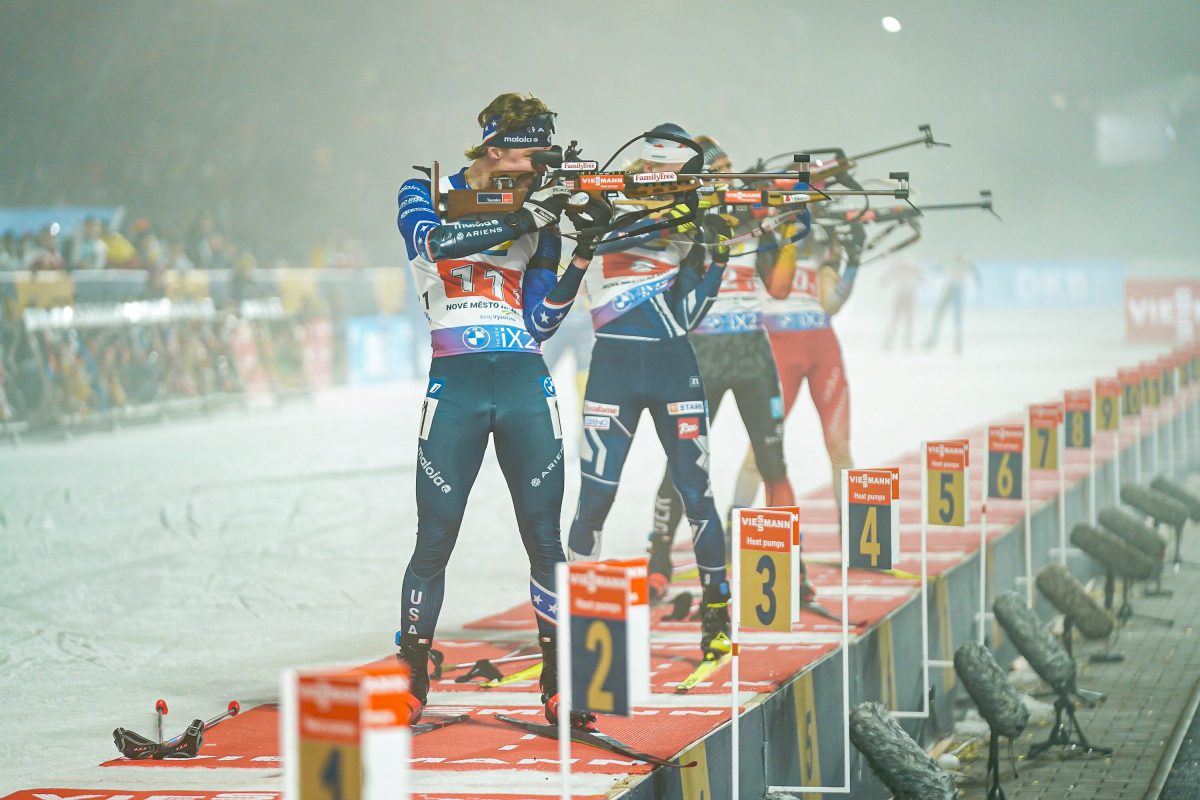
One comment
fontana92
March 27, 2009 at 9:47 pm
There was a sure learning curve for some doing the Oosik. For example, after skiing the Tour with its nice tracks and firm snow, I promptly fell on my face after Adam started the race and I pushed down on my poles a bit too hard for the punchy snow. Not even 5 seconds into the race. I guess the rest of my unlucky experiences were consequence of never having raced more than 30k. Especially not anywhere that might be considered “wilderness.” But, it was a nice break from the everyday race, and the views certainly could not be beat. There is no way that I’m not back for more next year.